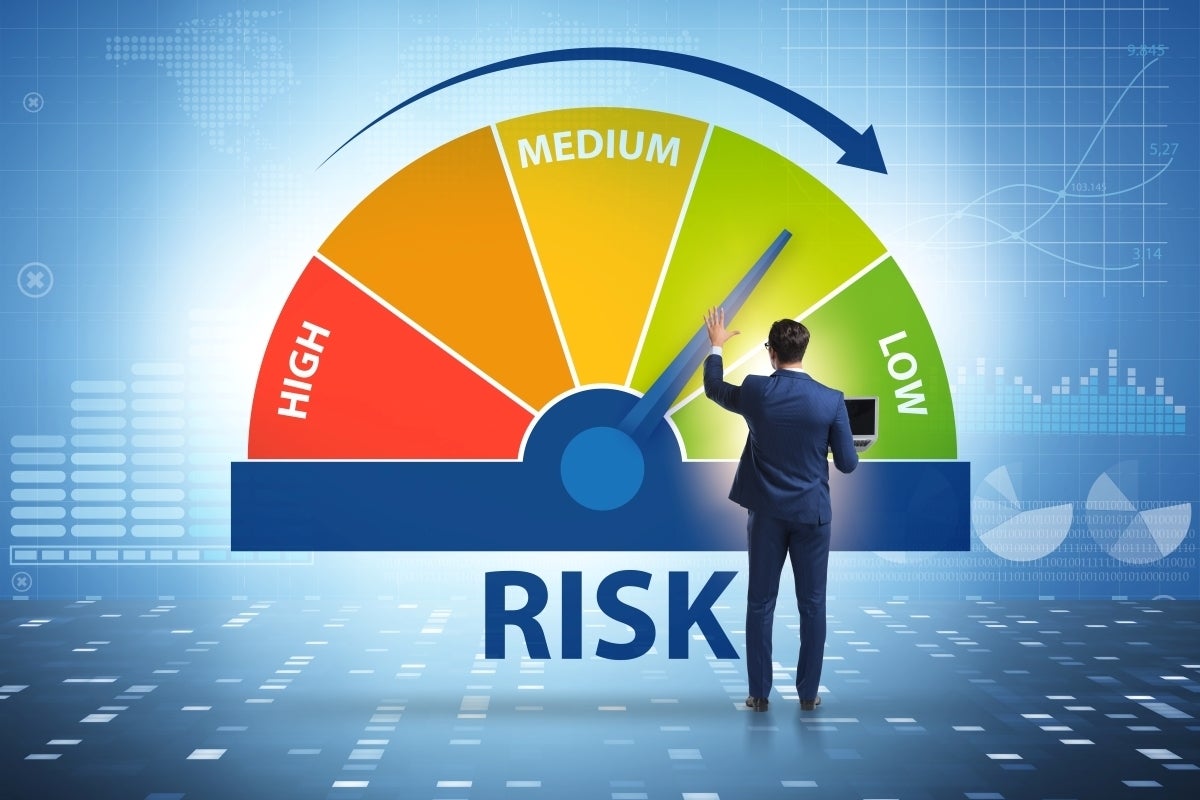
However, researchers noted in the FAQ that the Repository does have several limitations, including being limited to risks from the 43 taxonomies, so it “may be missing emerging, domain-specific risks, and unpublished risks, and has potential for errors and subject bias; we used a single expert reviewer for extraction and coding.”
Despite those shortcomings, the MIT Technology Review article stated that findings “may have implications for how we evaluate AI,” and also contained the following from Neil Thompson, director of MIT FutureTech and one of the creators of the database: “What (it) is saying is, the range of risks is substantial, not all of which can be checked ahead of time.”
A living work
In the abstract, Thompson and others involved in the project wrote that the Repository, “is to our knowledge, the first attempt to rigorously curate, analyze, and extract AI risk frameworks into a publicly accessible, comprehensive, extensible, and categorized risk database. This creates a foundation for a more coordinated, coherent, and complete approach to defining, auditing and managing the risks posed by AI systems.”




